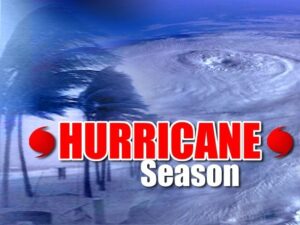In a world where news of natural disasters frequently hits the headlines, an increasing number of people are looking to grow their own food. Survival gardening is the art of growing and storing food in small outdoor spaces with the intention of having it last you through a prolonged crisis.
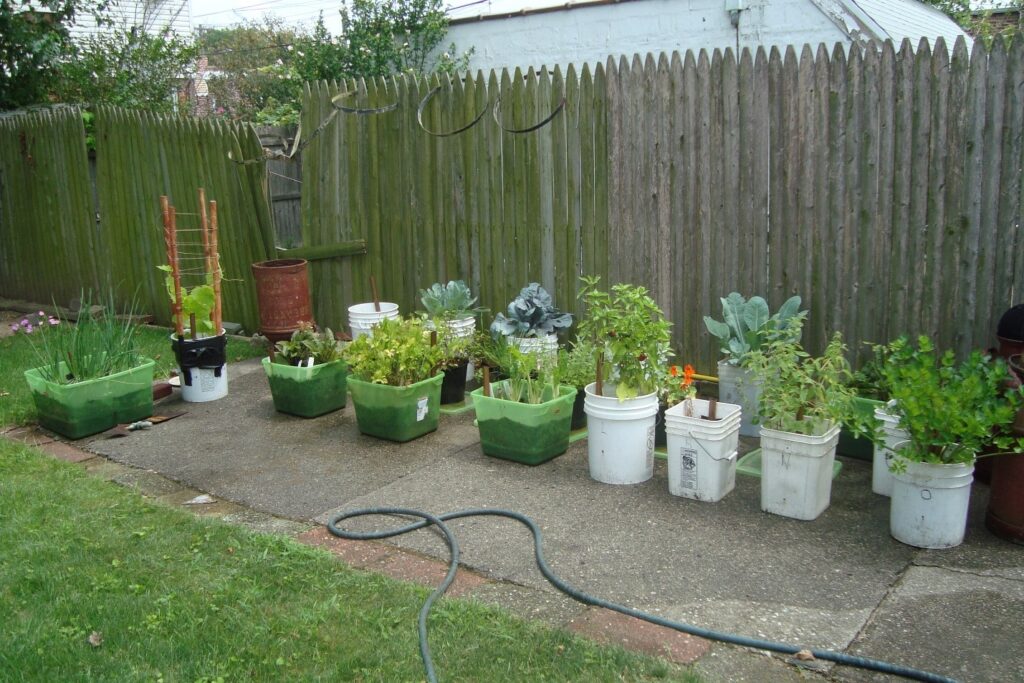
This type of gardening has several advantages over traditional large garden plots: It takes up less space and requires much less maintenance time; it also uses less water, as well as fewer fertilizers and pesticides. Plus, there’s no need for large equipment such as tractors or plows. All that’s needed are some simple hand tools and a little bit of prior preparation.
Step 1: Assessing Your Gardening Space
First, decide how much space you have available for growing food. This will often be a case of growing different plants in different parts of your property, rather than trying to grow everything in one small space.
Some areas to consider growing your survival garden
Secure your crops from pests and wildlife by growing plants in boxes or containers on your patio, balcony or indoors on a windowsill.
Plants in containers are easier to move around and are less susceptible to wildlife. Growing vegetables in containers is also a great way to grow food in areas that you can’t really, or don’t want to, dig up, such as on a rooftop or an apartment balcony.
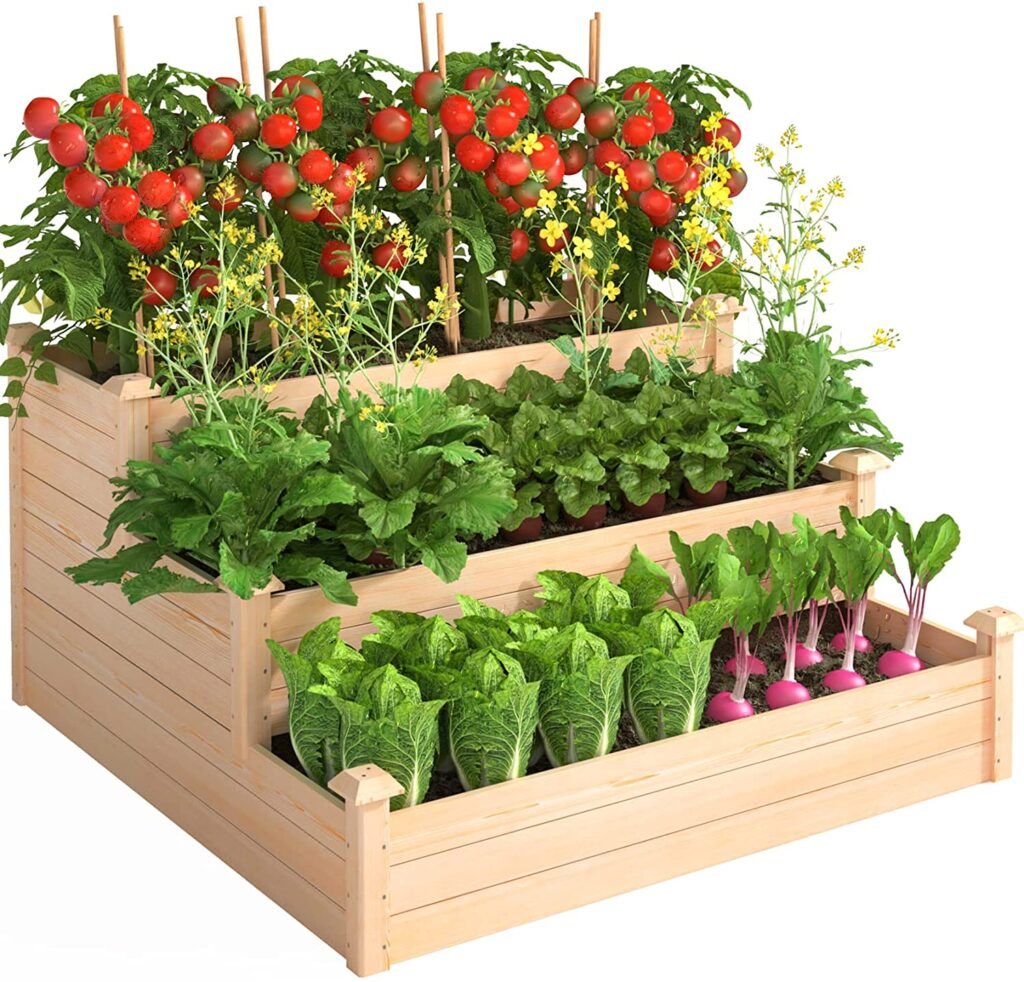
Raise your crops in a garden bed. Vegetables and fruits that grow below knee level are easier to cultivate in soil than in containers. In a raised garden bed, you can plant a wide variety of plants in one small space.
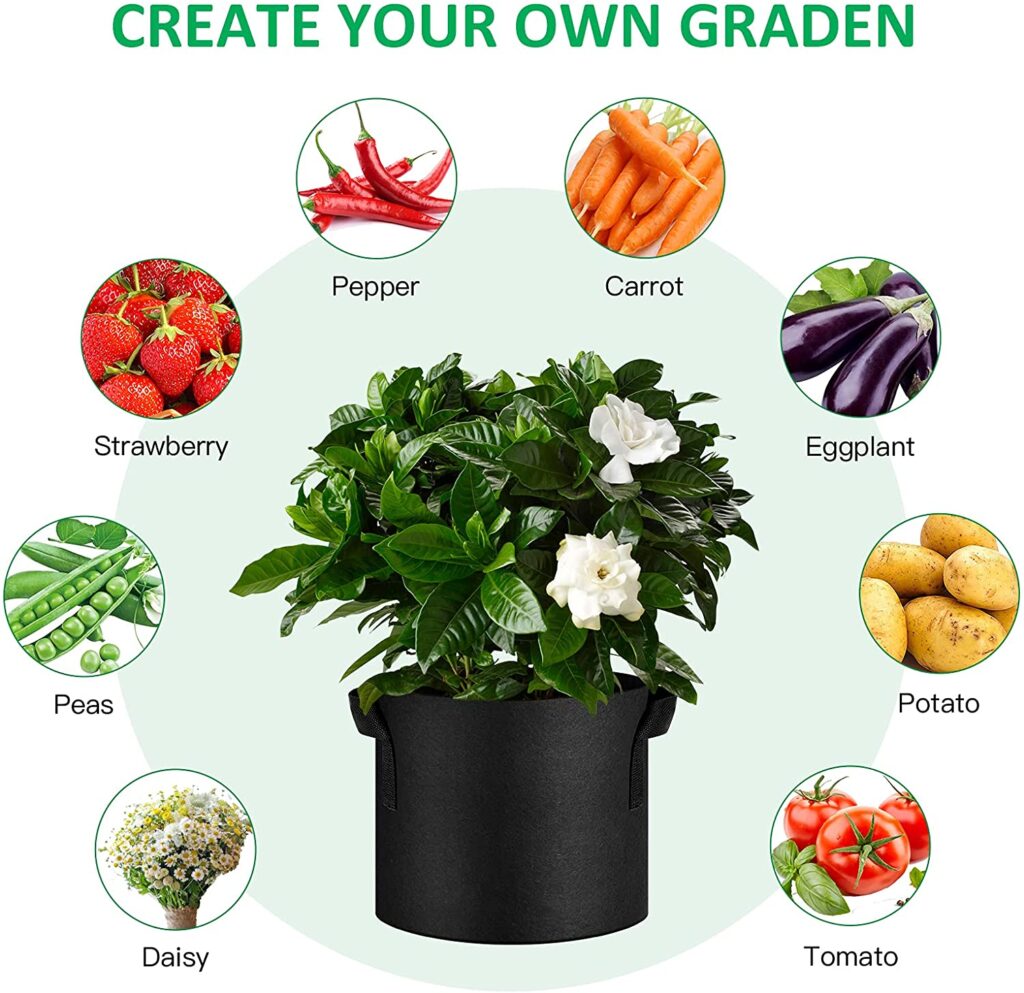
Grow your crops in a container or grow bag. Whether you’re just starting out or you already have a large garden, you can easily grow food in a container. You can use a variety of materials, from biodegradable paper to recycled plastic. Just keep in mind that some materials, such as wooden containers, require more maintenance than others.
Step 2: Choosing The Best Food For Survival
When choosing the best food for survival, it’s important to remember that different types of plants grow at different rates. If a natural disaster were to hit and your food supplies ran low, you’d want to have some quick-growing plants on hand.
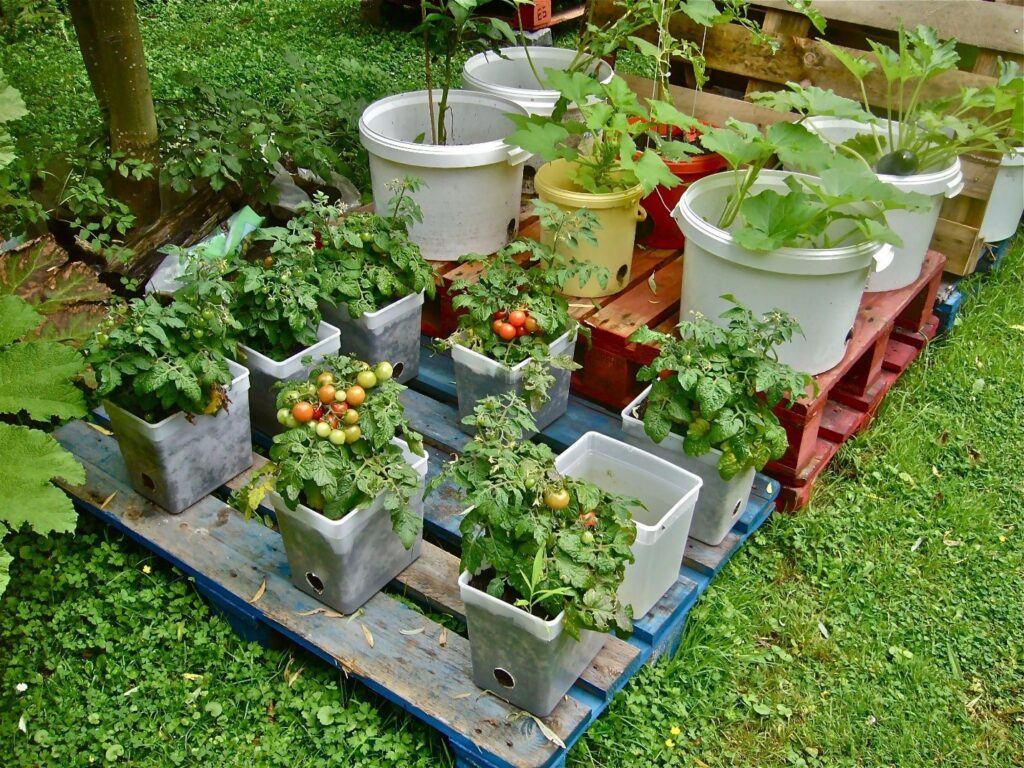
Legumes, such as beans and peas, are a good choice as they can grow in almost any type of soil and are quick to harvest.
Root Vegetables – Potatoes, carrots, beets, and radishes will keep you well fed through winter. They’re easy to grow, can be stored for a long time and make a great addition to many dishes.
Cereal grains – Wheat, barley, and corn are easy to grow and make great additions to everything from salads to baked goods. You can also grind your grains into flour and make a variety of different flours from them.
Fruit trees – If you have the space and time, fruit trees are an excellent choice for a survival garden. You can grow your own apples, pears, and other types of fruit. They’re also a great source of food for both humans and wildlife.
Step 3: Plan your garden and sow your seeds

First, plan your garden by drawing a diagram of where you intend to grow your crops. This will help you decide how much space to give each plant and how much sun they need, which in turn will help you avoid overcrowding.
Consider what plants grow best in your It’s also a good idea to have a backup seed bank in case of an emergency. If a natural disaster such as a flood or fire were to destroy your seed bank, having a second supply would be a lifesaver.
Sow your seeds indoors in containers or grow bags, or directly in your garden. You can start many plants indoors before transplanting them to the garden once the weather is warm enough. Others, such as root vegetables, need to be sown directly into the ground.
Step 4: Protecting Your Plants
If you garden during the summer, you might not need to worry too much about protecting your plants from the elements. But if you’re growing a survival garden during a colder period, you’ll need to take steps to make sure your plants will survive.

If you live in a warm climate, you can protect your plants from frost by covering them with row covers. If you live in an area where winter snows are common, use a variety of different methods to protect your plants from the elements, such as gardening under a roof, covering your plants with a blanket, or building a small greenhouse.
Choose plants that are suited for your specific climate and that can withstand the amount of frost and snowfall you get.
Conclusion
In a world where natural disasters are becoming more and more common, it’s important to have a survival plan. Gardening is an excellent way to grow your own food, while using a minimum of space and effort. And, with a bit of planning and some protective measures, you can be sure your garden will survive even the harshest of conditions.
Keep in mind that we may receive commissions when you click our links and make purchases. However, this does not impact our reviews and comparisons. We try our best to keep things fair and balanced, in order to help you make the best choice for you.
